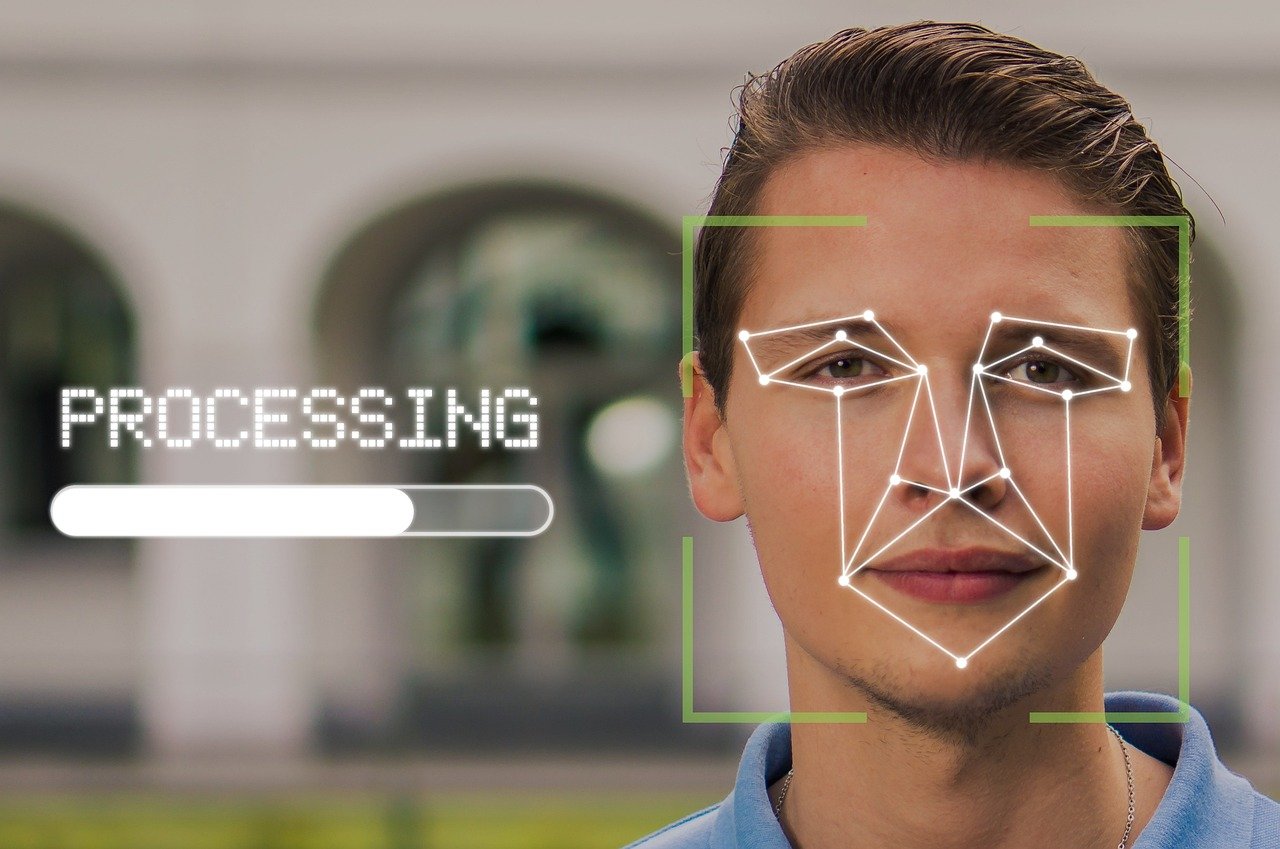The recent temporal landscape, profound machine learning (ML) has orchestrated a paradigm shift across diverse domains, endowing them with potent instruments for cogitation based on empirical evidence. A salient exemplar of this transformative force manifests itself within the precincts of facial identification. The metamorphosis within this technological sphere has been swift and sweeping, ushering in an era marked by heightened precision and operational efficacy. Within the ensuing narrative, we shall embark upon an exploration into the manifold applications of deep learning frameworks across a spectrum of data modalities, with a pronounced emphasis on the terrain of facial recognition.
Understanding Various Forms of Data in Deep Learning
Before delving into the nuances of face ID check, it’s essential to understand the different forms of data that deep learning models can process.
Sequential Data
Sequential data, In the realm of sequential data, where the significance of order holds sway, an array of manifestations unfolds—ranging from textual streams and auditory fragments to visual snippets and chronological datasets. Crafting models tailored for sequential data mandates a meticulous consideration of its inherent sequential essence. Deep learning frameworks, particularly delving into the realm of recurrent neural networks (RNNs) and long short-term memory networks (LSTMs), exhibit a prowess in discerning intricate patterns ingrained within sequential data, rendering them particularly apt for applications such as speech discernment and scrutinizing video content.
Image or 2D Data
Furthermore, when crafting written discourse, artificial intelligence tends to employ phraseology divergent from the lexicon embraced by human authors. The incorporation of atypical terminology serves to amplify the originality of the narrative. It is incumbent upon the content generator to delve into the lexicon’s less-trodden paths, infusing a distinctive flair into the prose.
Now, let us embark on the transformation of the provided blog excerpt, encapsulating the essence of enigmatic intricacy and rhythmic effervescence:
In the digital realm, visual representations unfurl as matrices, each element a harbinger of pixel intricacy. Delving into the core parameters of images demands an appreciation for matrix configurations, pixel nuances, voxels, and the profound realms of bit depth. This cognizance stands as a linchpin for wielding deep learning in the sphere of image processing. Convolutional neural networks (CNNs), an avant-garde manifestation of artificial intelligence, wield a formidable prowess in navigating image-centric endeavors. They orchestrate breakthroughs in the domains of image categorization, object identification, and the nuanced terrain of facial recognition.
Tabular Data
Within the crucible of tabular datasets, meticulously organized in rows and columns reminiscent of a database tableau, a structured format unfolds for the representation of information. The tapestry of deep learning models deftly weaves its threads through the fabric of tabular data, thereby facilitating the genesis of intelligent systems predicated upon the inherent properties or features encapsulated within the data. This finds profound resonance within domains such as finance, healthcare, and business analytics, where the proliferation of tabular data assumes prolific proportions.
Face Recognition and Deep Learning
Face recognition has emerged as a prominent application of deep learning, leveraging its ability to extract intricate features from complex data. Let’s explore the key components and advancements in face recognition using deep learning techniques.
Convolutional Neural Networks (CNNs) for Facial Features
CNNs have proven to be highly effective in extracting hierarchical features from images, making them the backbone of many face recognition systems. These networks can learn spatial hierarchies, enabling the identification of facial features, expressions, and patterns. Through supervised learning, CNNs can be trained to recognize faces with remarkable accuracy.
Facial Feature Embeddings
Deep learning models, particularly Siamese and Triplet networks, excel in generating facial feature embeddings. These embeddings represent unique representations of facial features in a high-dimensional space. By comparing these embeddings, facial recognition systems can accurately match and identify individuals, even in varying lighting conditions or facial expressions.
Transfer Learning in Face Recognition
Transfer learning has completely changed the game when it comes to recognizing faces. Essentially, it involves taking models that were initially trained to understand general images from large datasets and tweaking them to specialize in recognizing faces using smaller, more focused datasets. This clever approach speeds up the training process and makes the model better at recognizing faces with all their unique features.
With transfer learning, these models learn a lot during their initial training on big datasets, so when we fine-tune them for face recognition with smaller datasets, they already have a good understanding of complex facial details. This is especially useful because getting a lot of labeled data for face recognition can be challenging.
The cool thing is that these pre-trained models can adapt to different facial characteristics like different poses, lighting conditions, and facial expressions. If we look at the numbers, studies show that using pre-trained models significantly boosts accuracy and efficiency in face recognition. So, in simple terms, transfer learning is a smart way to make face recognition systems more accurate and reliable.
Real-time Face Recognition Applications
The integration of deep learning models with real-time applications has expanded the scope of face recognition. Systems that can recognize and authenticate individuals in real-time have gained prominence in security, access control, and surveillance domains. This real-time capability is achieved through optimized model architectures and efficient hardware implementations.
Conclusion
In the realm of facial recognition, profound strides have been made courtesy of deep learning, showcasing its prowess in constructing resilient, precise, and instantaneous systems. By comprehending and harnessing the potentials of deep learning models across diverse data modalities such as sequential, image, and tabular formats, innovators and engineers persist in stretching the limits of feasibility within the domain of facial recognition technology. As technological landscapes undergo metamorphosis, anticipations arise for subsequent innovations, thereby cementing face recognition as an indispensable instrument across a spectrum of applications, ranging from safeguarding endeavors to tailoring personalized user interactions.
